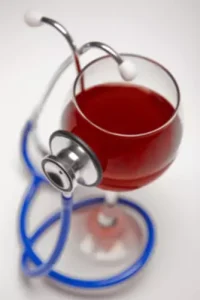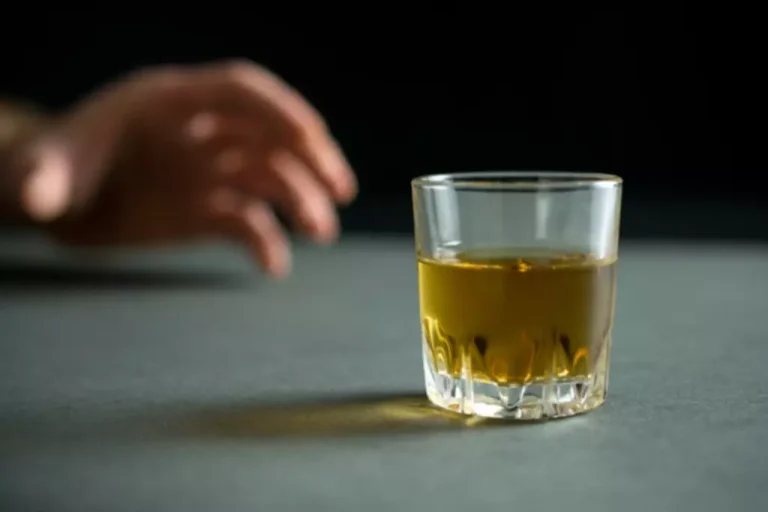
The significant overlap between mental health and addiction underscores the need for treatment that addresses both conditions simultaneously. Alcoholism and drug addiction have similar symptoms and can be treated using the same techniques. Alcohol addiction is simply a form of the larger category of drug addiction, so they each are intertwined together. Are there differences between being addicted to alcohol and being addicted to a drug of another kind?
Alcohol Use Disorder Complications

We will always indicate the original source of the data in our documentation, so you should always check the license of any such third-party data before use and redistribution. Alcohol use disorder, which includes alcohol dependence, is defined in the WHO’s International Classification of Diseases https://ecosoberhouse.com/ (available here). Alcohol use disorder (AUD) refers to the drinking of alcohol that causes mental and physical health problems. Alcohol is one of the world’s largest risk factors for premature death. This interactive chart shows the average share of household expenditure that is spent on alcohol.
Alcohol Use Disorder Causes
This provides a global overview of illicit drug use, dependency disorders, and some of their impacts. Due to both problems (or in other words the large uncertainty in input data of exposure), we cannot calculate with point estimates. To overcome this, we are using a probabilistic calculation methodology that takes the whole distribution of the input variables into account. For example, for the exposure a random sample of the number of days of annual drug use is combined with a random sample in the range of the usual dosages of the drug to provide an estimate for dosage. Many experts will disagree between the similarities and differences between drug and alcohol addictions because both are forms of addiction.
- The Margin of Exposure (MOE) is a novel approach to compare the health risk of different compounds and to prioritize risk management actions.
- Alcohol consumption has a causal impact on more than 200 health conditions (diseases and injuries).
- What may begin as recreational alcohol use can quickly become abuse and can easily transition into an alcohol use disorder or alcohol dependence.
- That includes what you’ll do if the intervention doesn’t change your loved one’s mind.
- All other drugs combined cause approximately 30,000 deaths annually.
Looking for Treatment?
- For instance, you might miss important family events or meetings with co-workers because you’ve been drinking.
- All of this helps prove that marijuana isn’t totally harmless — and some of its risks are likely unknown.
- From the variety of investigated compounds in tobacco smoke, the lowest MOEs were found for hydrogen cyanide (MOE 15)22 and acrolein (MOE range 2–11)23.
- In short, your brain is you—everything you think and feel, and who you are.
- Many people don’t understand why or how other people become addicted to drugs.
And trust me, drug dealers would kill (probably literally) for the opportunity to advertise their product so publicly. It’s not only for sale at bars, but also at restaurants, gas stations, convenience stores, grocery stores, and all professional sports venues. You can’t watch television without seeing at least one beer, wine, or liquor commercial, promising alcohol will make you the most popular and desirable man or woman at any party.

Aside from the limitations in data, our results should be treated carefully particularly in regard to dissemination to lay people. For example, tabloids have reported that “alcohol is worse than hard drugs” following the publication of previous drug rankings. Such statements taken out of context may be misinterpreted, especially considering the differences of risks between individual and the whole population.

Beer contains around 5% of pure alcohol per volume1 so that one liter of beer contains 0.05 liters of pure alcohol. This means that 5 liters of pure alcohol equals 100 liters of beer. As we see, following prohibition, levels of alcohol consumption returned to similar levels as in the pre-prohibition period. This chart shows the change in consumption of alcoholic beverages. Data on the share who don’t drink alcohol by gender and age group in the UK is available here.
- Substance use disorder, however, is a medical condition that refers specifically to problematic use of these substances, to the extent that the person experiences negative consequences to several areas of their life.
- In Europe, the MOE was introduced in 2005 as the preferred method for risk assessment of carcinogenic and genotoxic compounds19.
- Examples of behavioral treatments are brief interventions and reinforcement approaches, treatments that build motivation and teach skills for coping and preventing a return to drinking, and mindfulness-based therapies.
- The best approach to prevent substance use is to provide comprehensive education and support at all opportunities.
- Surges of dopamine in the reward circuit cause the reinforcement of pleasurable but unhealthy behaviors like taking drugs, leading people to repeat the behavior again and again.
- If you have it, you regularly drink heavy amounts of alcohol despite its negative effect on your life, health, and the people around you.
Alcohol consumption – whilst a risk factor for a number of health outcomes – typically has the greatest negative impacts when consumed within heavy sessions. In a related chart, you can see the share who drink alcohol by gender and age group in the UK. When we look alcohol vs drugs at gender differences, we see that in all countries, men have a higher alcohol consumption than women. As the map shows, the average per capita alcohol consumption varies widely globally. To make this average more understandable, we can express it in bottles of wine.